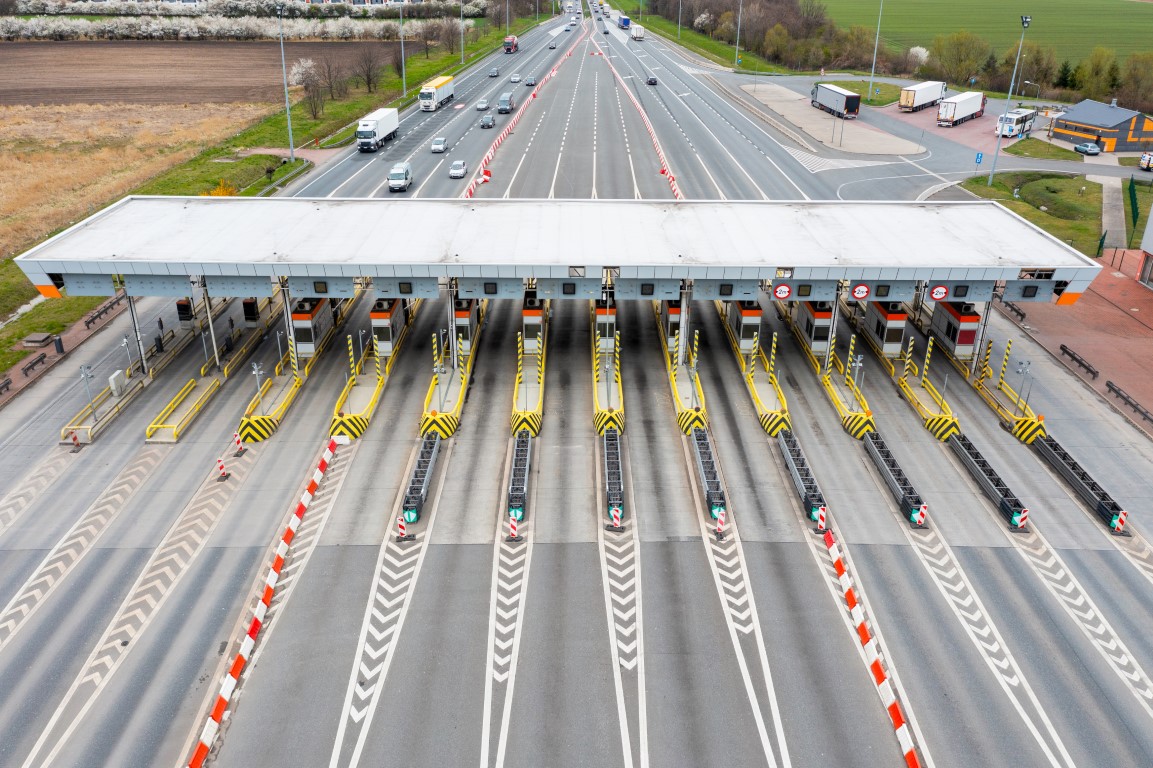
IoT Connected Smart Logistics Battery Solution
Project background
IoT is transforming logistics and supply chain management. Innovation is happening at the level of sensors attached to goods and assets as well as at the networks level, capturing and transferring data all the way from the production line to the point of final delivery as shown in Figure 1. Therefore, battery life would be a key factor for matching this trend. The pulse power required during the signal communication from the circuit to ender users is generally over 10s 2 amperes under various temperature or even extreme temperatures all around the world.
Traditional lithium ion battery cannot meet the requirement due to lack of high peak current output and large capacity loss under extreme low or high temperatures, which will shorten the life significantly. Commercially available lithium thionyl chloride battery (Li-SOCl2) is one of the longest-life primary batteries in the market. However, when you use the battery alone for high pulse application, you will face a problem of its power limitation. The battery enables to discharge only low power like several 10s milli-amperes. If you draw high power from the battery forcedly, the battery will be damaged, resulting in shortening the life. Therefore, in order to make a complementary choice for the long life power solution, in this project, we will focus on developing the 1520 type of rechargeable lithium ion battery with long cycle performance and superior extreme temperature performance by materials development and design of the battery package. Combining with the commercially available 26500 type of lithium thionyl chloride battery, the one 1520+one 26500 battery pack as shown in Figure 2 will provide sufficient pulse power out at normal or extreme temperatures with superior long cycle life.
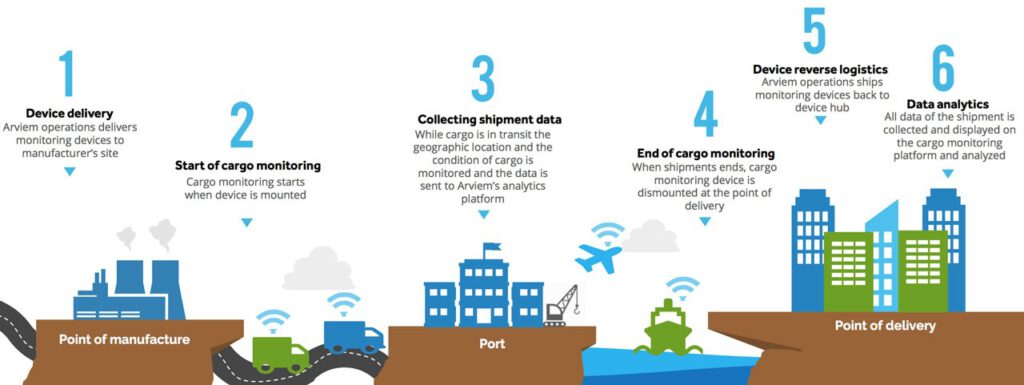
Figure 1. IoT connected smart logistics
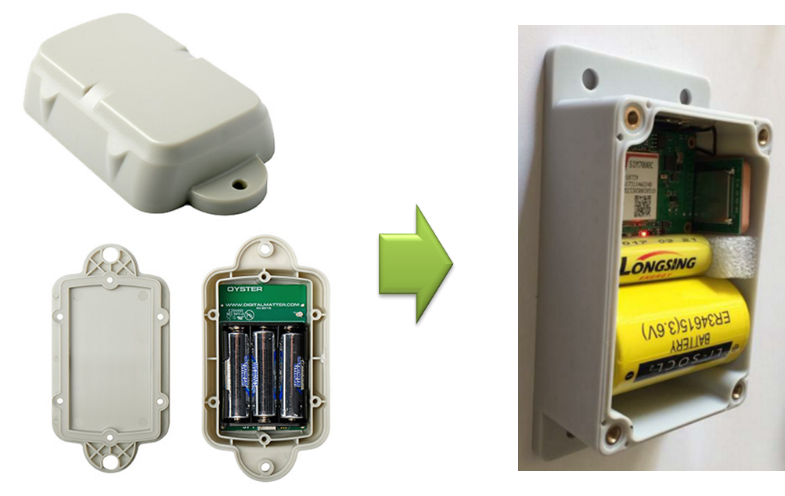
Figure 2. Traditional battery (left) and battery pack in this project (right) for the smart cargo tracker
Pulse cycle test under GSM protocol
GSM uses a combination of both TDMA and FDMA techniques. The FDMA element involves the division by frequency of the (maximum) 25 MHz bandwidth into 124 carrier frequencies spaced 200 kHz apart as already described.
The carriers are then divided in time, using a TDMA scheme as shown in Figure 3. This enables the different users of the single radio frequency channel to be allocated different times slots. They are then able to use the same RF channel without mutual interference. The slot is then the time that is allocated to the particular user, and the GSM burst is the transmission that is made in this time.
Each GSM slot, and hence each GSM burst lasts for 0.577 ms. Eight of these burst periods are grouped into what is known as a TDMA frame. This lasts for approximately 4.615 ms and it forms the basic unit for the definition of logical channels as shown in Figure 3 and Figure 4. One physical channel is one burst period allocated in each TDMA frame.
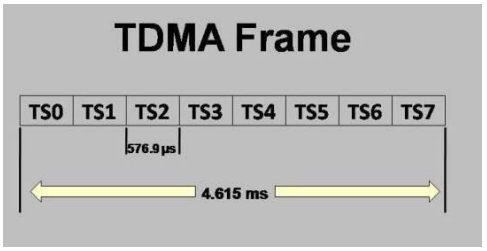
Figure 3. TDMA Frame Time Slots
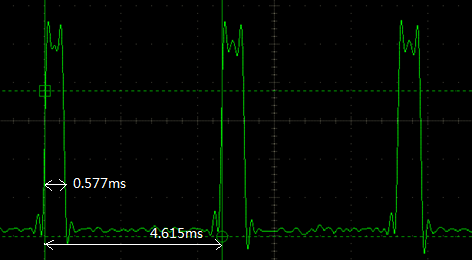
Figure 4. Transmit Power Waveform of TDMA Frame
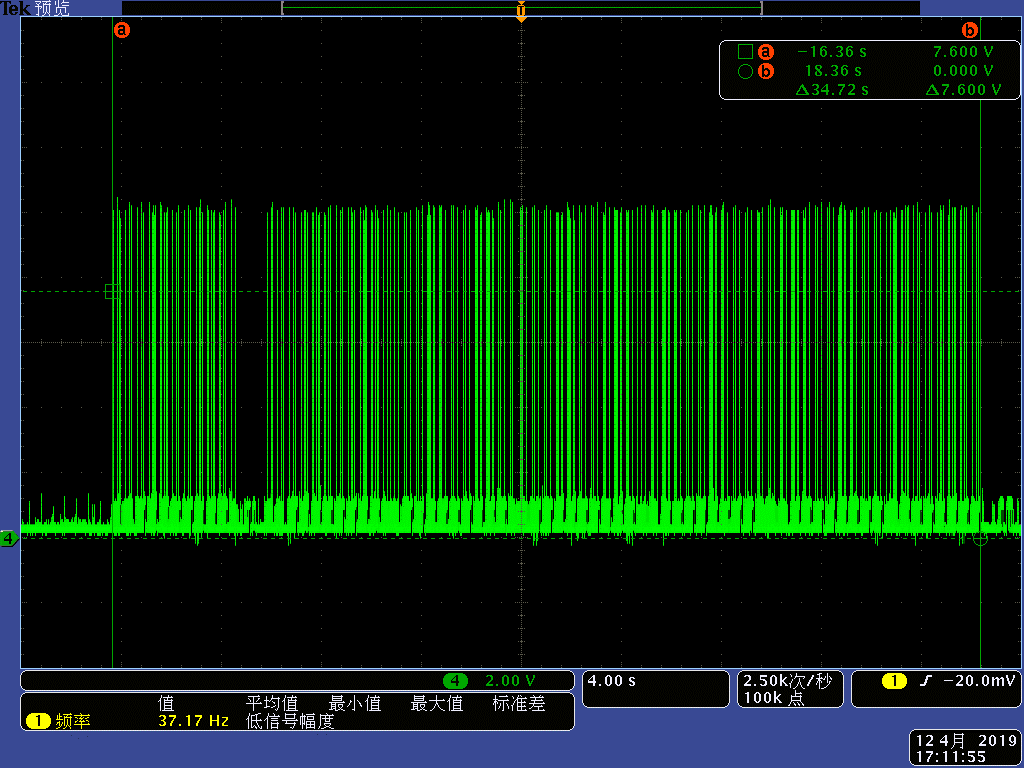
Figure 5. Transmit Power Waveform of 100 Bytes Data
Test Procedure
In general rule, GSM is the worst case condition for peak current and 2 A peak current is the general boundary at which to size the power rail.
In our battery test profile, 2 A constant current discharging last for 1ms is set to emulate GSM transmission peak current and 200 mA constant discharging for 4 ms is set to form a TMDA frame, the 200 mA is a non- transmission power consumption assumption of a GSM application device.
Based on the test results of transmitting 100 Bytes data in laboratory, the overall transmit time is about 5 s as shown in Figure 5, so the frame is repeated 1000 times, the total transmission time is 5 s.
A pulse cycle test designed by following the Global System for Mobile (GSM) communication protocol (2A for 1 millisecond and 150 mA for 4 milliseconds) is conducted with the 1520-ER26500 bundle to simulate the battery pack working condition under room temperature. Two different brand of ER26500 primary batteries, Sunmoon and Aricell. As shown in figure 13, the battery bundle can pulse discharge for more than 40000 transmit times for the Aricell and over 30000 transmit times for Sunmmon ER26500 from voltage 3.67V to 2.5V, thus it can meet the deliverable 7 (20000 cycles). The pulse life difference is possibly due to the pulse discharge capability of the primary cells. With the best combination, the battery pack’s life span could be over 10 years of application.
Custom Battery Pack Design & Assembly
We offer all battery chemistries, specializing in lithium rechargeable and lithium primary battery p
Perfect Dual Power Supply Solutions for the OBU of ETC System
Abstract: With the rapid development of highway construction and the increase of automobile ownershi
Intelligent Well Cover
Guangzhou NB-IOT Intelligent Manhole Cover System



